Report this entry
More from the same community-collection
After Vietnam - Fernando Villela - 1973
"After Vietnam - Celebrating Life"! "Got out in December 1971 ...
Jose Antonio "Tony" Garcia - Vietnam - 1968
"My name is Jose Antonio "Tony" Garcia, and I am a native El ...
Canaletto - El Paso Museum of Art - Video I
Canaletto - El Paso Museum of Art - Video II Kress Collection ...
Canaletto - El Paso Museum of Art - Video II
Canaletto - El Paso Museum of Art - Video II Kress Collection ...
Giuseppe Maria Crespi - El Paso Museum of Art - Video I
Giuseppe Maria Crespi - El Paso Museum of Art - Video I 1665 ...
Giuseppe Maria Crespi - 1700 - Video II
Video from the El Paso Museum of Art - Giuseppe Maria Crespi - ...
Hyacinthe Rigaud -Video II - 1702
Hyacinthe Rigaud's - Portrait of a Master of Requests - 1702 - ...
PASO (Put A Smile On) Bears - El Paso, Texas
Each year Assistance League® of El Paso provides 500 bears to ...

















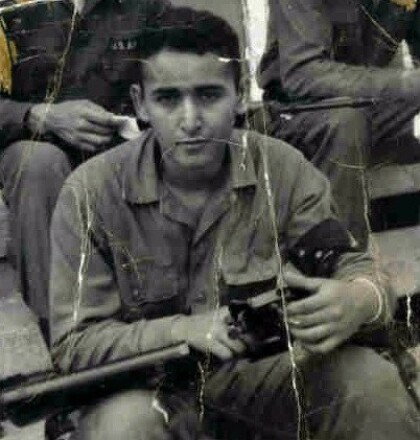
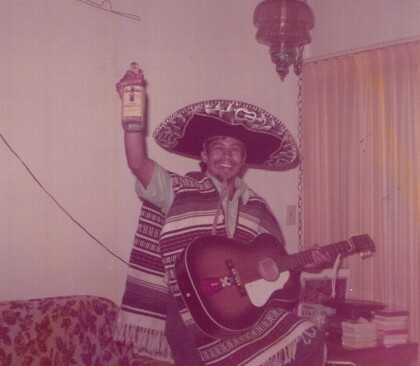
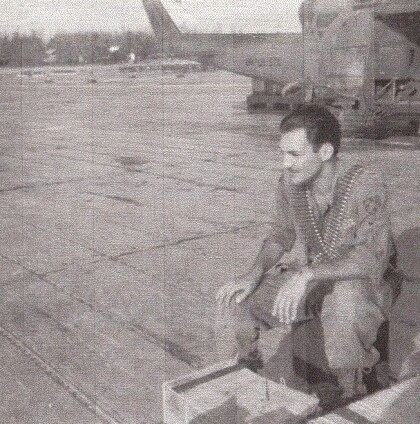
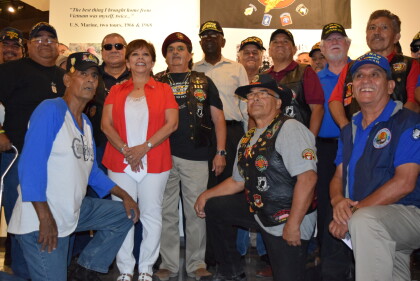
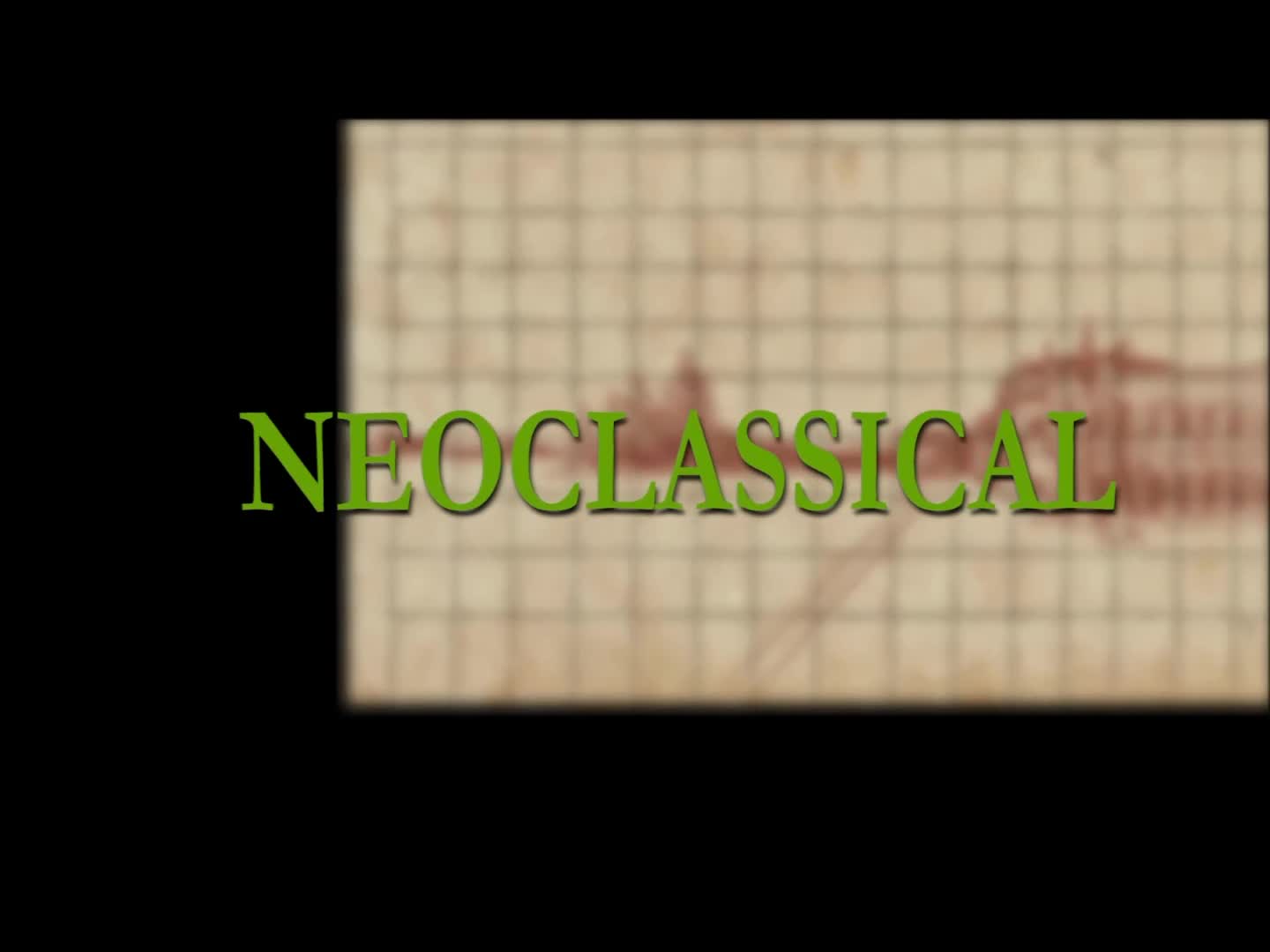
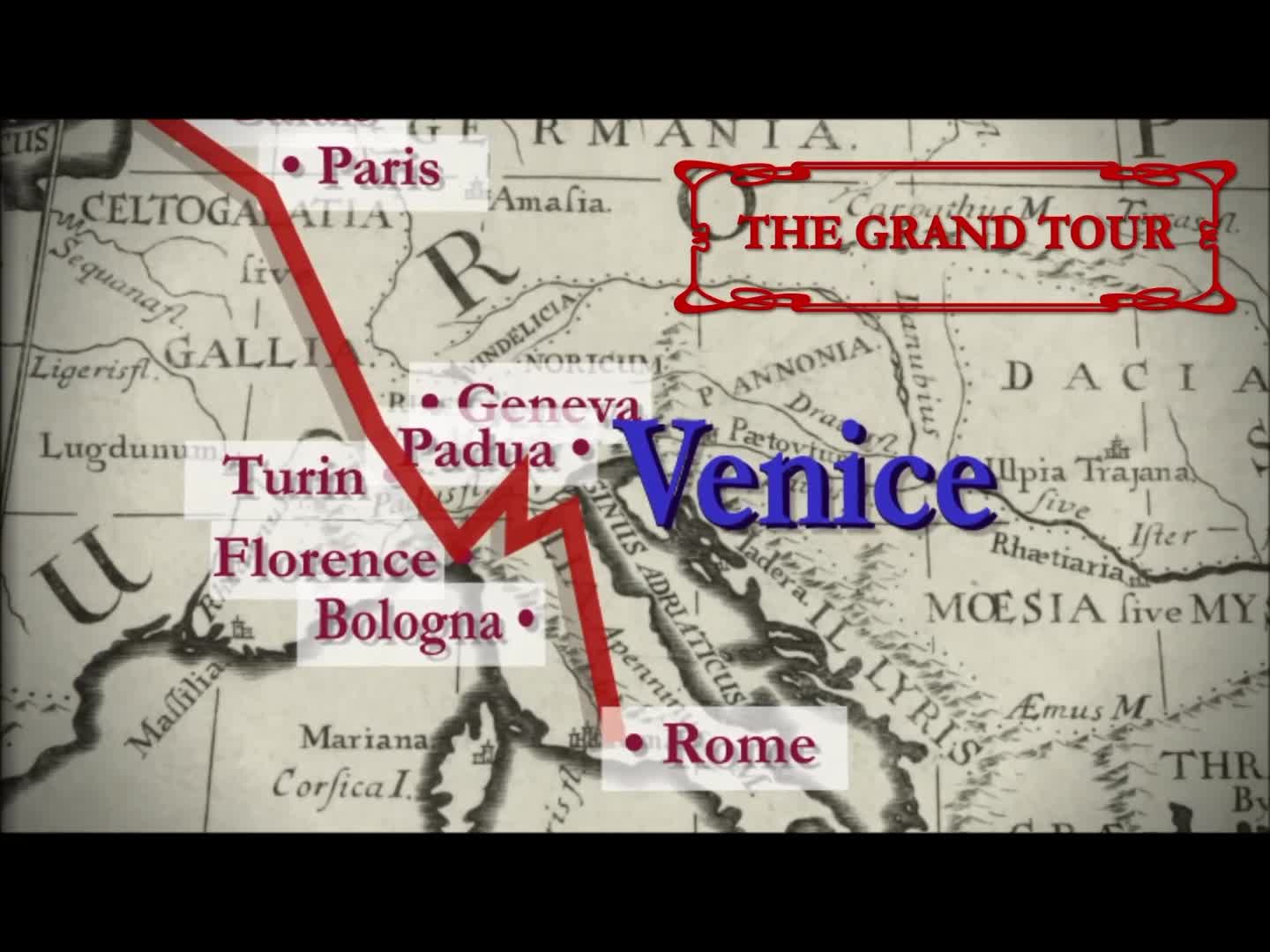
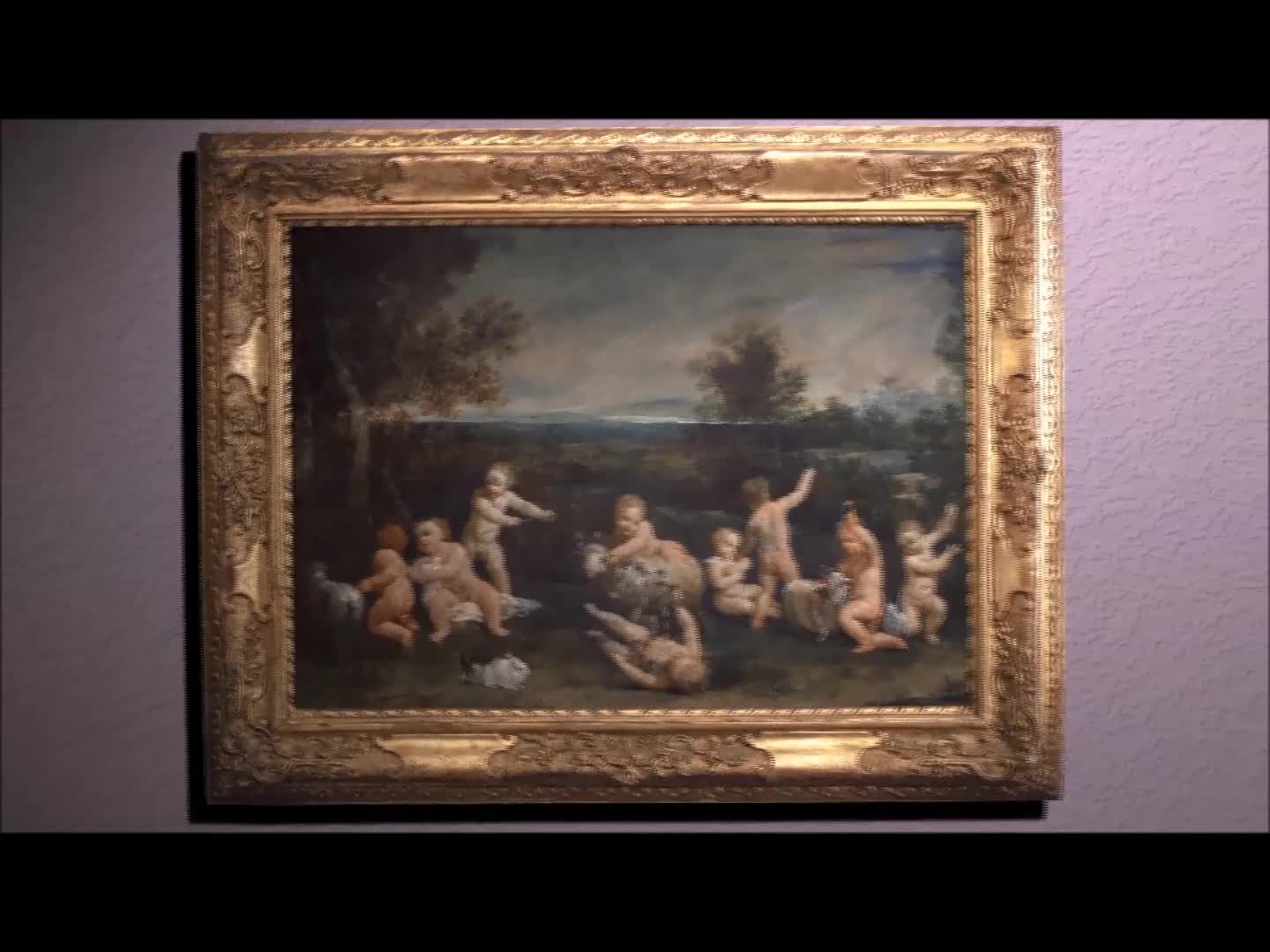
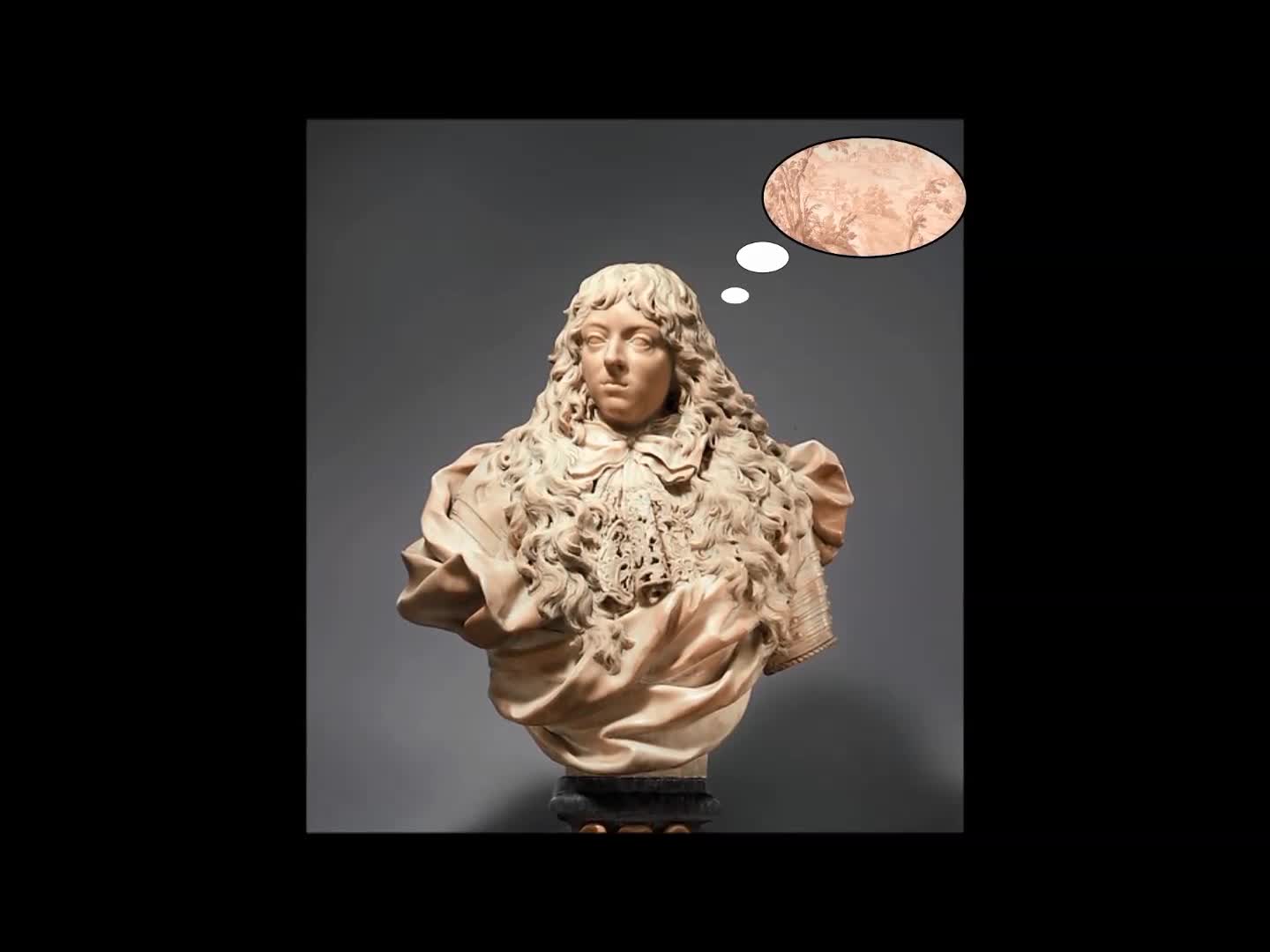
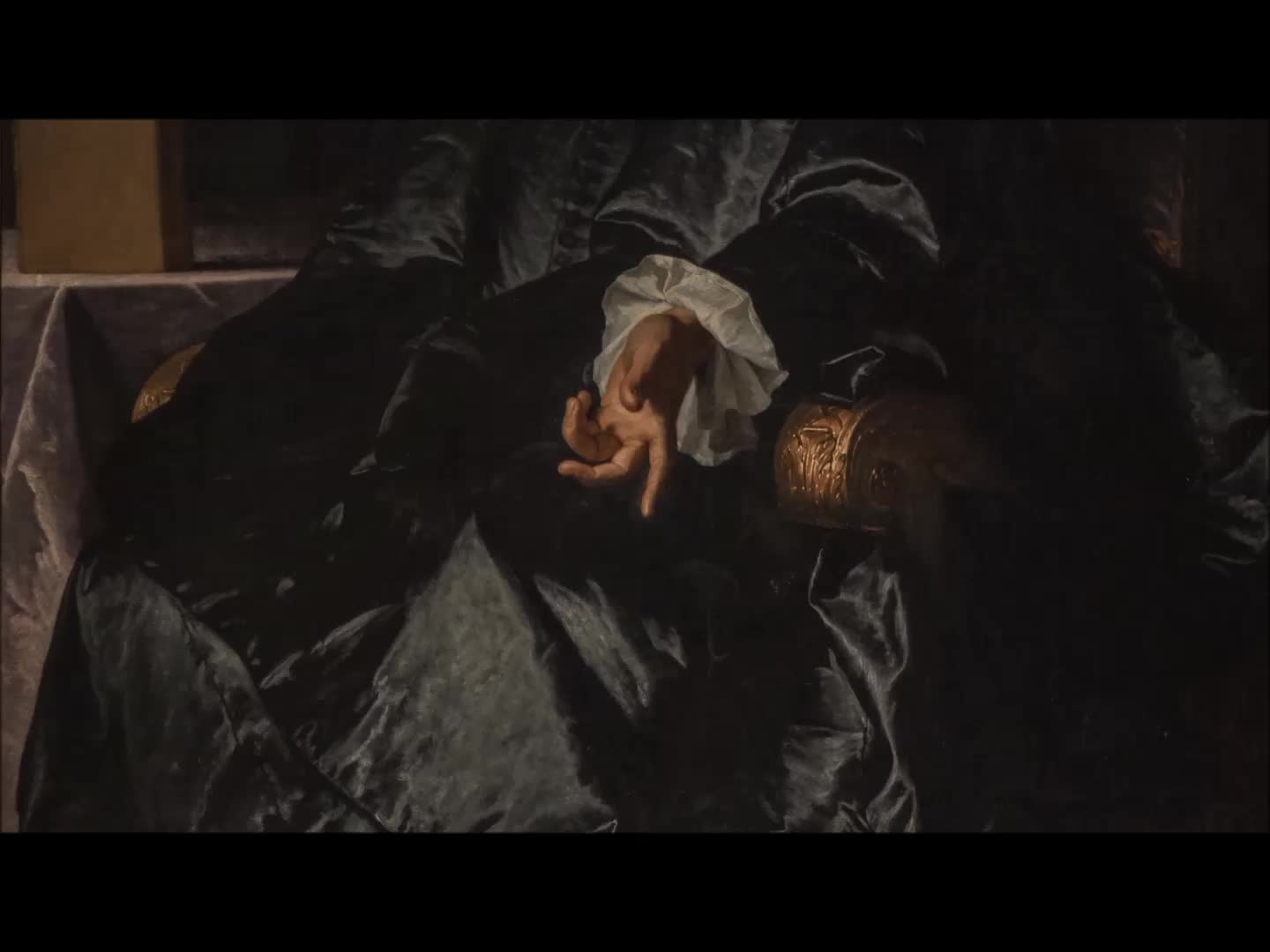

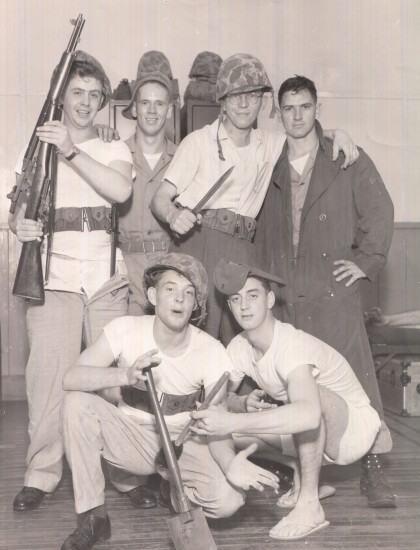


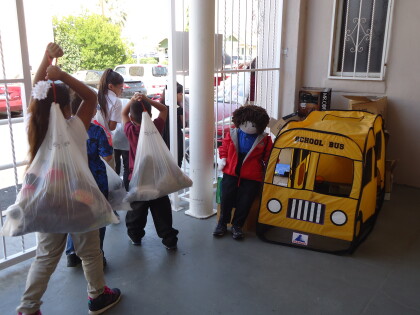





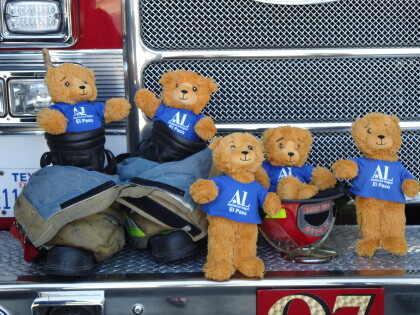


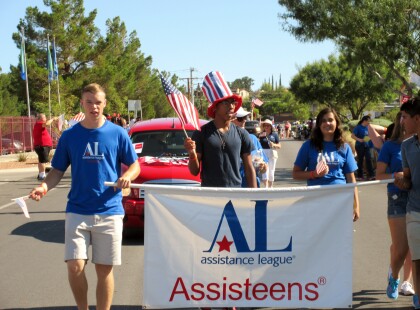
Comments
Add a comment